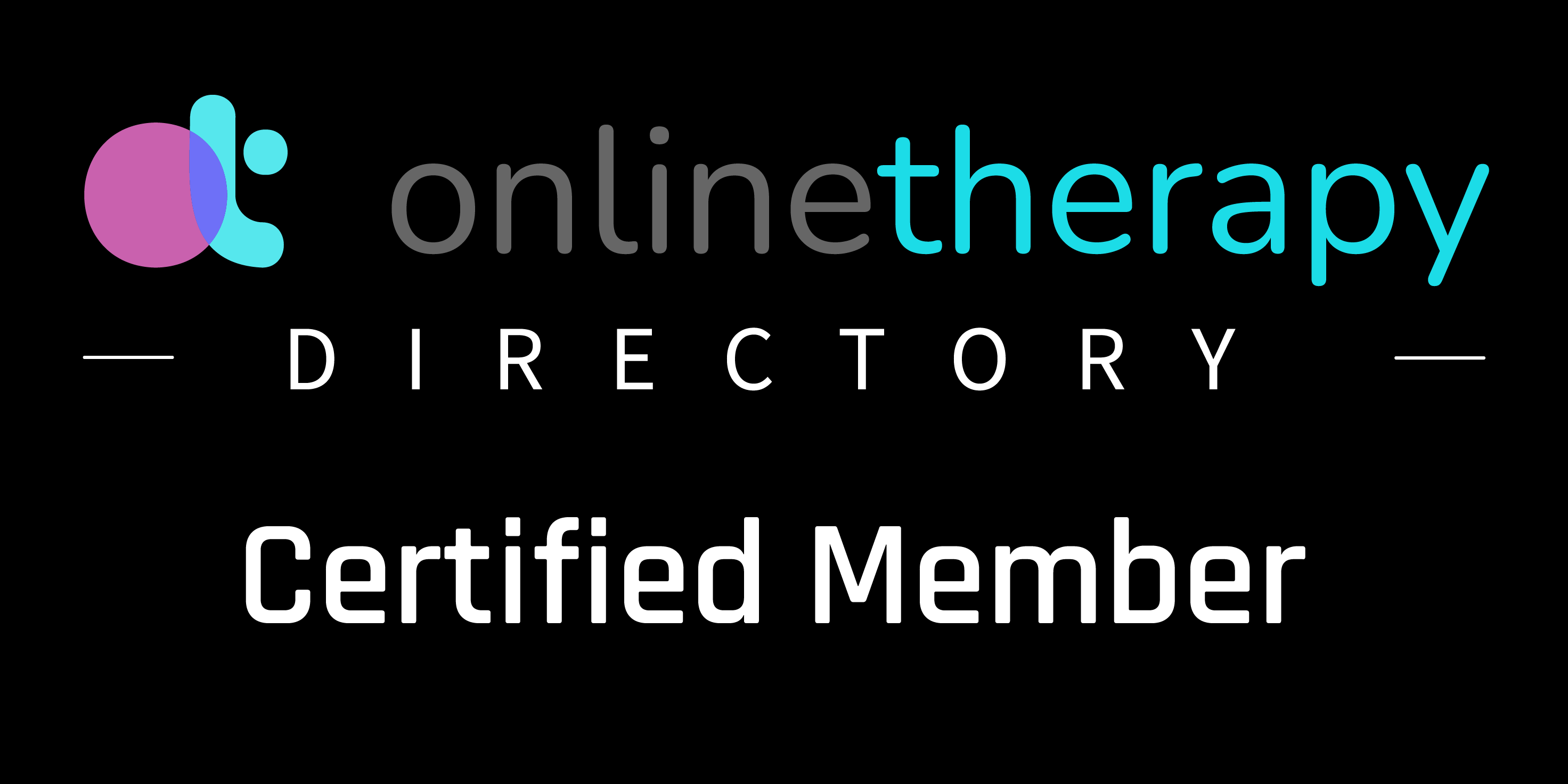Stress vs. Burnout: Knowing the Signs
Stress is a common response to demands or deadlines-it can feel like tension, urgency, or pressure. While it may be unpleasant, stress can sometimes be motivating in short bursts. Burnout, on the other hand, is what happens when that stress becomes chronic and unrelenting. It often shows up as emotional exhaustion, detachment, reduced performance, and a sense of hopelessness or numbness.
Why the Distinction Matters
Knowing whether you’re experiencing stress or burnout is essential for choosing the right kind of self-care. Stress can usually be managed with temporary breaks, rest, or time away. Burnout requires deeper healing-often involving a reassessment of boundaries, values, workload, and support systems. Simply "pushing through" can make things worse.
What to Do Next
If you're feeling depleted, it may be time to slow down, reprioritize, and reach out for help. Whether it’s through therapy, lifestyle changes, or compassionate support from others, healing from burnout takes time-and you don’t have to go through it alone.

